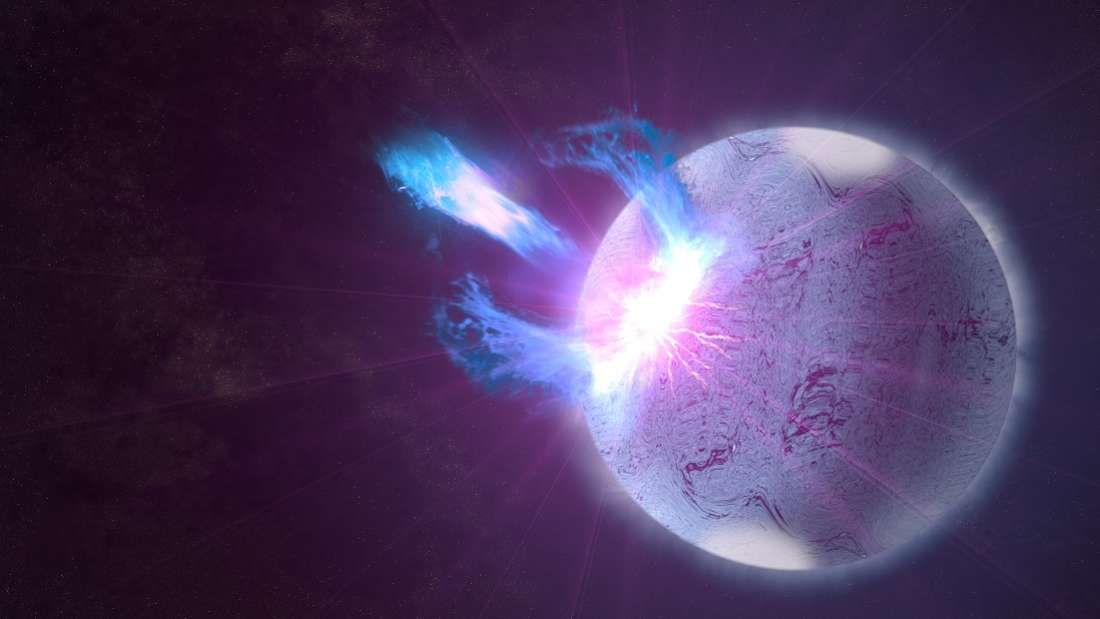
Leap forward Listen, a worldwide cooperative venture to search for signals from extraterrestrial human advancements, has utilized its high-exactness instruments to take a gander at an exceptional galactic occasion, the quick radio burst (FRB) 121102.
FRBs are brief and to a great degree fiery beats of radio waves whose strange root has perplexed researchers throughout the previous two years. FRB 121102 is much more unique, as it's simply the special case that rehashes. This trademark has took into account definite investigations of the source, with Breakthrough Listen recognizing 15 high-recurrence beats amid only two 30-minute sweeps of that fix of the sky. This proposes it's in a more dynamic state.
"Erupts from this source have never been seen at this high a recurrence," Andrew Siemion, executive of the Berkeley SETI Research Center and of the Breakthrough Listen program, said in an announcement.
The venture utilized the Green Bank Telescope, which is fit for recording a few gigahertz of data transmission at once. This enabled the group to recognize the discharge at a higher recurrence. Over the five hours of perceptions, 400 terabytes of information were gathered, and the group is as of now going through it.
"And also affirming that the source is in a recently dynamic express, the high determination of the information acquired by the Listen instrument will permit estimation of the properties of these secretive blasts at a higher exactness than at any other time conceivable previously," said Breakthrough Listen postdoctoral analyst Vishal Gajjar, who found the expanded action.
The in all likelihood clarification for FRBs is transient occasions. Neutron star impacts, hypernovas, or other sensational blasts can clarify the sudden, intense, and amazingly short emanation of radio sources. However, a rehashing source like FRB 121102 requires an alternate clarification. After its birthplace was pinpointed to an unpredictable system 2.4 billion light-years away, specialists could disentangle the riddle more.
The host cosmic system is little, just a fifth of the Milky Way in distance across, yet it is creating stars at a staggering rate. The flag begins from a huge stellar nursery, so analysts proposed a to a great degree effective attractive neutron star.